Burping, belching and boisterous babes: How Ladette to Lady defined an era
The infamous mid-Noughties show ridiculed women who didn’t conform to conventional femininity and is a relic of classist, sexist reality TV. Annie Lord speaks to its former cast and finds that being a ladette was something to be proud of

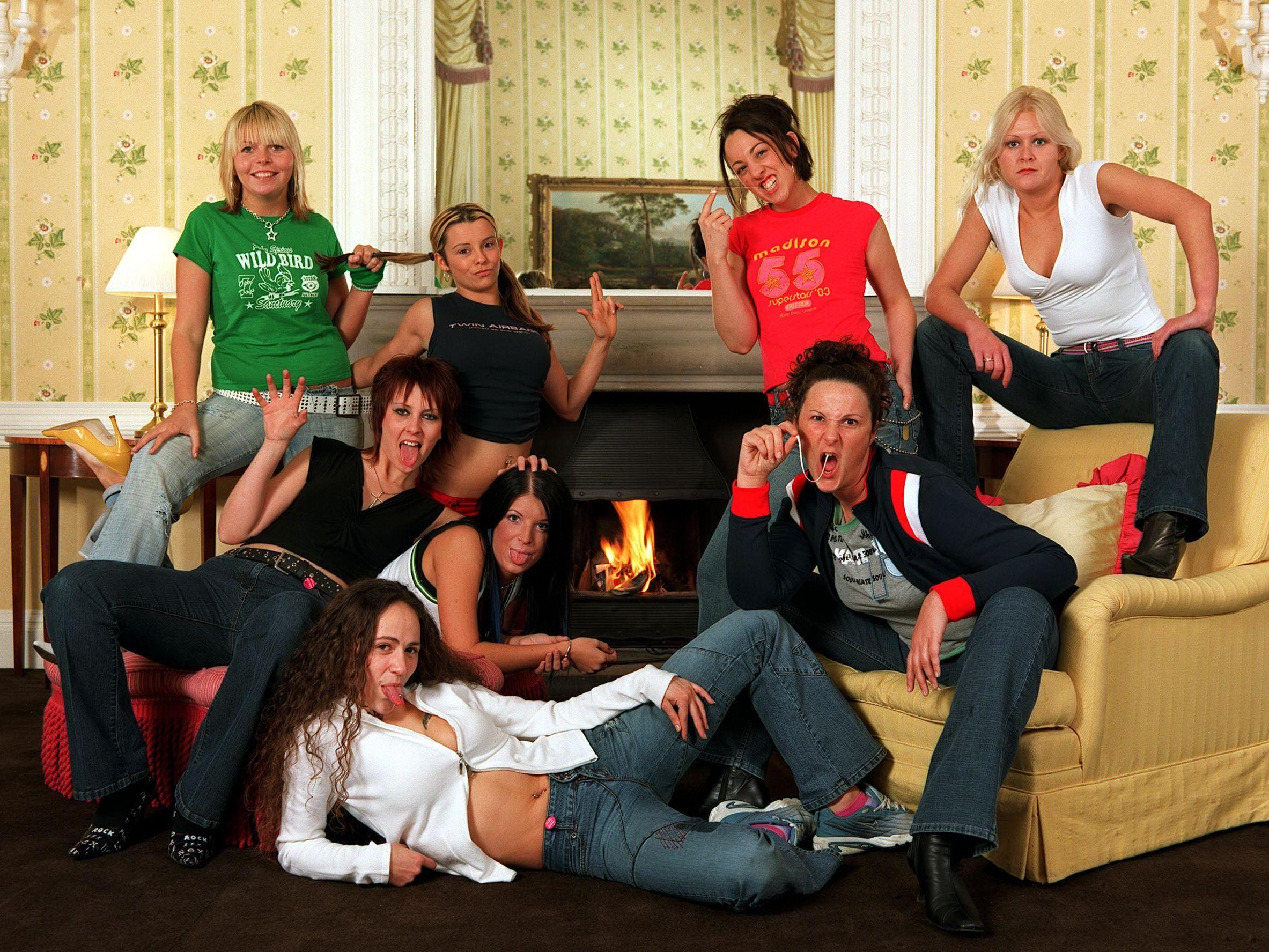
During a wine tasting evening at a country manor, Clare Randall is handed a pinot noir from Burgundy with truffle and gamey undertones. She’s told to swirl the wine around her glass to release the tannins, before spitting it out into a bucket. Instead, Randall glugs it down so fast it dribbles down her throat and then she burps, loud enough that it has an echo. In fact, Randall downs every single glass of the 33 wines she is given to sample. Although she does give some thought to how the vintages would pair with a main course: “How does this taste with a kebab?”
Randall was a “ladette”, a phrase defined by The New Oxford English Dictionary in 2001 as a “young woman who behaves in a boisterously assertive or crude manner and engages in heavy drinking sessions”. She had been nominated by her parents to feature on the first of the two UK seasons of ITV’s Ladette to Lady. At its peak, the Noughties reality TV show persuaded four million viewers to tune in to watch 10 ladettes enrol for five weeks at a finishing school in Eggleston Hall to see if they could learn manners and social graces in the hopes of winning a £20,000 sports car.
Ladette to Lady was basically Bake-Off: Excess All Areas and was a huge hit when it launched in 2005, running for five series. Many contestants initially saw it as a laugh and an excuse to get on TV. “It was just a bunch of late nights with the girls running around this beautiful mansion,” says Rachael Carter-Eagleton, a former contestant, over the phone. To make it to the next round, students had to pass a set of tasks including cooking a Cordon Bleu-level dinner party, sewing French knickers and walking in heels in a bid to become less Kerry Katona and more Camilla Parker-Bowles.
But after an endless barrage of sexist and classist verbal attacks from the school’s tutors – six women trained in elocution, “social protocol” and deportment – the ladettes quickly became so deeply invested in their journey to becoming a lady you’d think they were trying to pass an A-Level exam.
Looking back, however, it’s upsetting to see these women be convinced that the only way they would be deserving of respect is if they successfully assimilated into what was an incredibly narrow definition of womanhood. Was it good that these women had all the belching and boob-flashing disciplined out of them? Or were they happy enough before they knew what fork to use for the fish course? According to Liz Brewer, one of Eggleston Hall's teachers, Boris Johnson was a big fan of the show – which perhaps tells you all you need to know.
The term “ladette” was largely a joke when it was first coined by FHM in 1994 as a way of describing the female equivalent of guys who shout “nice tits!” at women on the street. Under the ladette banner, newspapers were filled with unblurred images of women noshing chips in bus shelters. TV presenters Sara Cox and Zoe Ball were the trailblazers of this mischievousness, but the movement arguably peaked when Big Breakfast host Denise van Outen stole an ashtray from Buckingham Palace and, after the Queen’s lawyer’s complained, couriered it back live on the show along with a note that read “Sorry, Ma’am. I didn’t mean to give you the hump”.
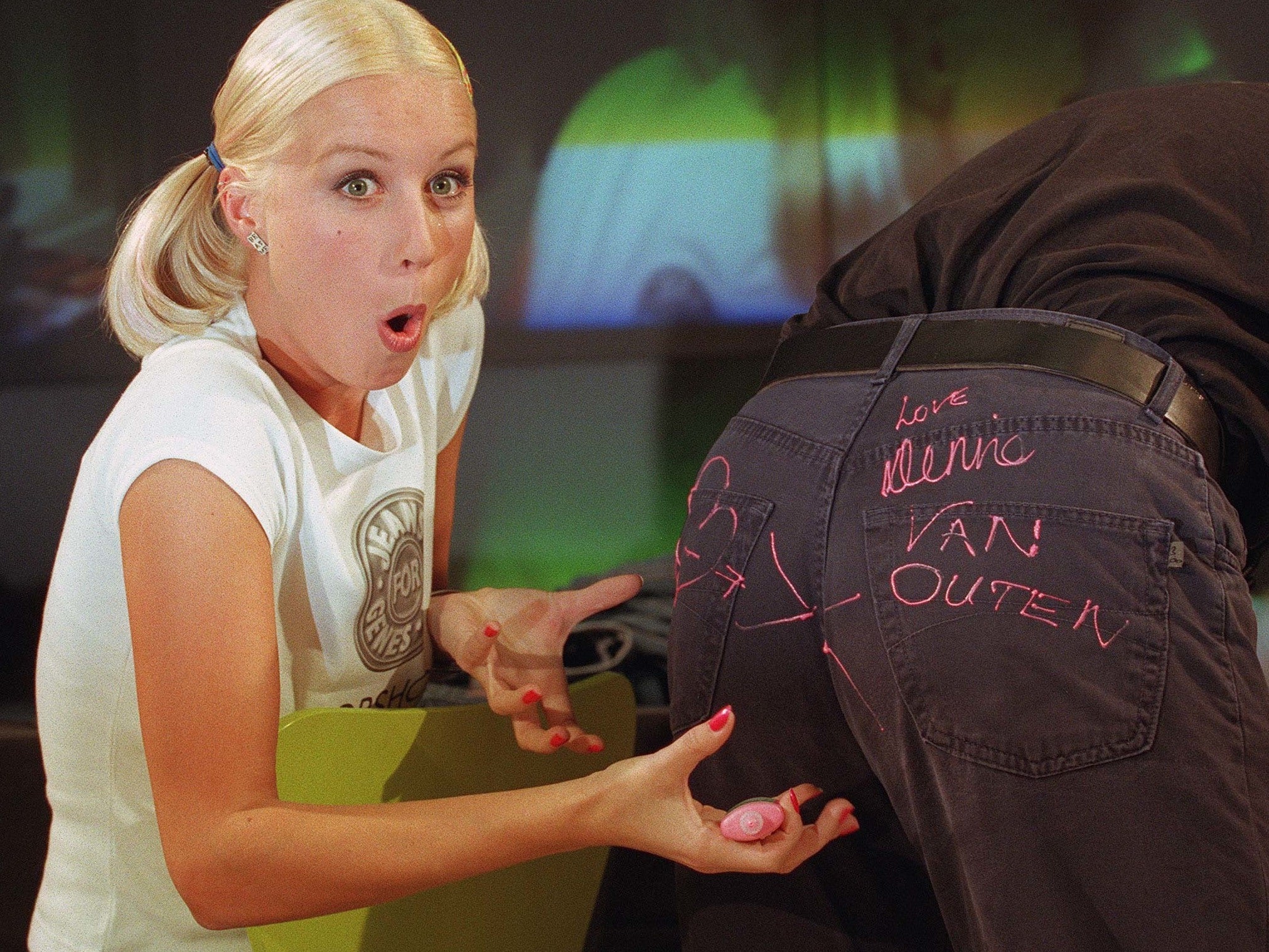
As the Noughties wore on, the media frenzy around these boisterous babes quickly turned into a moral panic, with many tabloids documenting the supposed scourge they presented to society. Under the headline “My Life as a Ladette”, one woman admitted: “Basically, I think my liver packed up. My digestion has never really recovered from those ladette years.” Another alleged: “Ladettes now giving lads a bad name” before defining them as “wannabe men in Wonderbras”. It’s true that boozing was no longer a boys’ club: in the 13 years leading up to ladette entering the dictionary, the number of young women drinking above the recommended guidelines doubled to more than 30 per cent.
Drinking excessive alcohol is unhealthy, but it’s likely that the ladette backlash was largely fuelled in fact by conservative fears over the increasing equality between men and women. “[Ladettism] really highlighted the deficiencies of old feminism which, give it credit, had made giant steps with suffrage and equal pay,” said Zoe Williams in The Guardian, after Sara Cox was fired from her Radio 1 breakfast show in 2003, “but never really made that final leap from the saloon bar into the smoking area, where the drinks were of a decent size, and they always had a lock-in.” They were “taking space”, wrote Professor Angela Smith of Sunderland University, “once regarded as the principal or sole reserve of men”, and men didn’t like it. All of a sudden the old gender roles – where the man goes to the pub and the woman stays home to roast a chicken – was reconfigured so that both genders could Jägerbomb themselves into hangxiety.
The teachers of Eggleston Hall liked ladettes even less than the Daily Mail did. “Oh my gosh, midriff, midriff, midriff,” recoils principal Jean Broke-Smith, who seems like the sort of woman who sneered at Meghan Markle and loved the VE Day conga, upon seeing her first ever ladette. Liz Brewer, the school’s etiquette teacher, echoes a similar view even now, announcing down the phone: “They were rough and they were vulgar.” Alongside cooking expert Rosemary Shrager and floristry teacher Gill Harbord, former debutante Brewer was brought in to share her knowledge of upper-class decorum. “These girls thought it was clever to go out and get drunk and take shots and then, of course, they’d get the attention of the men around them,” Brewer continues. “They used to get drunk to get laid. I said to them, ‘Fair enough if you do that, but you will be used and abused and eventually, you will end up in the gutter’.”

Watch Apple TV+ free for 7 day
New subscribers only. £8.99/mo. after free trial. Plan auto-renews until cancelled.
ADVERTISEMENT. If you sign up to this service we will earn commission. This revenue helps to fund journalism across The Independent.

Watch Apple TV+ free for 7 day
New subscribers only. £8.99/mo. after free trial. Plan auto-renews until cancelled.
ADVERTISEMENT. If you sign up to this service we will earn commission. This revenue helps to fund journalism across The Independent.
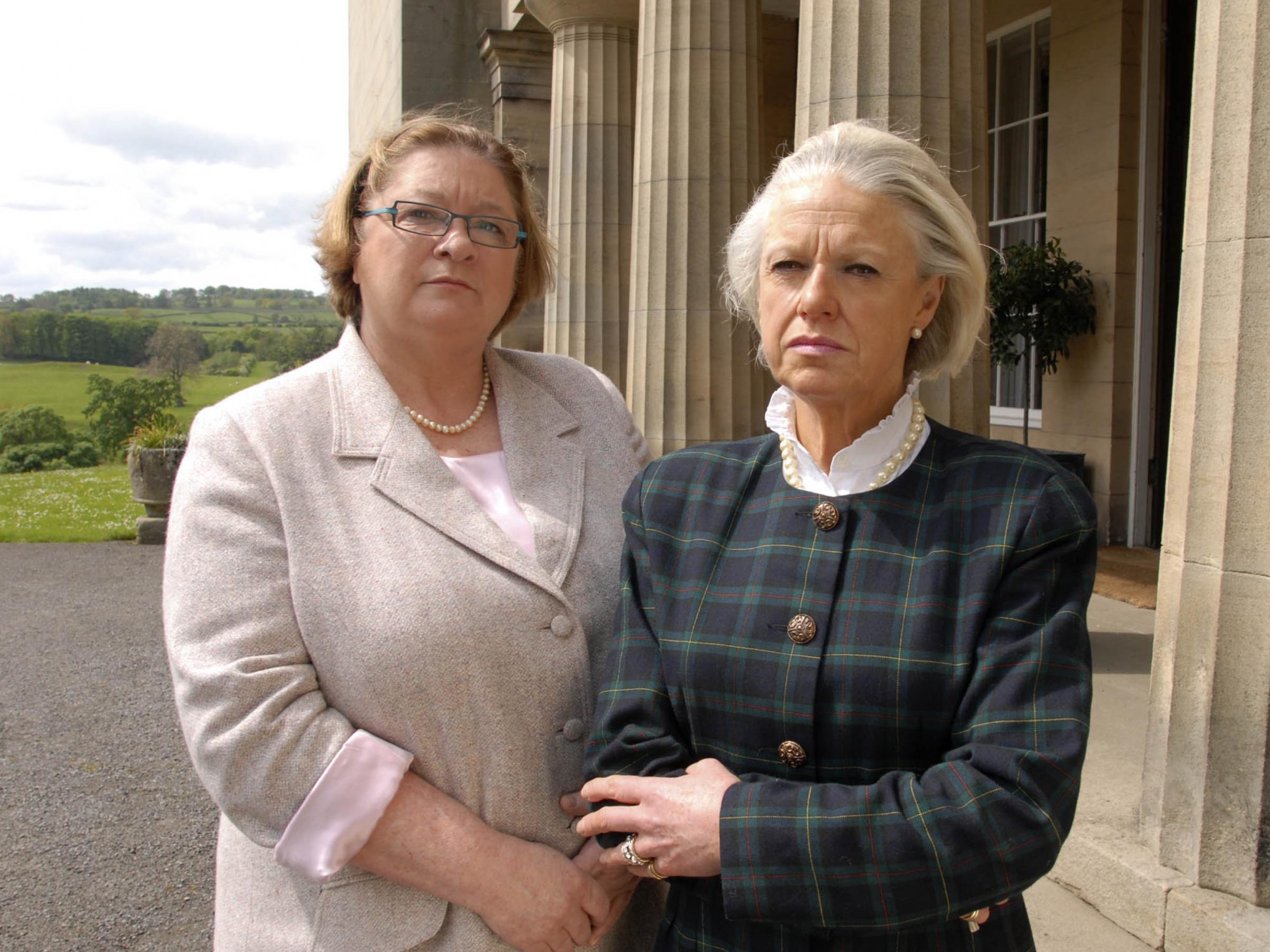
The Ladette To Lady tutors were ruthless in their criticism. “It’s showing off your middle which isn’t looking great at the minute...it’s flabby,” deportment teacher Lady Elizabeth Devonport announced as Jessica turned up to a lesson wearing a pink vest and a diamante choker. “It’s ’cause I’m constipated,” said Jessica, valiantly laughing off the attack. Michelle, a gas fitter who chain-smoked throughout full English breakfasts, was told that at 31 she might be “too far gone” to become a lady.
Clare Randall, however, was arguably the contestant who had the most vitriol directed towards her. Despite having a phobia of raw meat, she was forced to debone a quail and remove the intestines from a scallop. “We all have to do things we don’t like,” shouted Shrager while Randall’s hands shook frantically. But it was only when Randall was introduced by Brewer to one of Prince Charles’ polo friends with the phrase, “If she stopped acting like a slut, Randall might actually win this,” that Randall eventually lost the plot, telling the camera: “She’s going to get a glass bottle in her face.”
“I didn’t actually call her a slut, I said ‘if you didn’t behave so much like a slut’,” Brewer says of the incident now. But Randall, who eventually came fourth on the show, maintains it was difficult to be routinely criticised by the tutors. “It felt as though they were trying to strip you of your personality,” she says from her home in Buckinghamshire. “I get that they were trying to teach us something but at the same time we were young and the things they would say could be nasty.”
Rachael Carter-Eagleton, described by the show’s narrator as a party girl “who can’t keep her hands to herself”, denies that there was anything wrong with her. “I just used to go out, have a giggle, I was always the first one on the dancefloor, last one off it. I did use to have my bum hanging out – because those low waist jeans that Mariah Carey wore were really in fashion. You could always see my thong.” For Carter-Eagleton, being a ladette is something to be proud of. “I think ladette just means being confident, to be honest.” She says that appearing on the show made her quite self-conscious. “I found it quite hard actually because I was happy with myself and I was being told that my happy self was not good enough.”
Carter-Eagleton never knew there was something “wrong” with the way she spoke until she saw Ladette To Lady elocution teacher Kate Forester grimacing at her pronunciation. “I grew up in south-east London and apparently I say th’s as f’s. I don’t put my tongue between the teeth when I say ‘th’.” On the show, the ladettes were made to talk with a “bone prop”, a vocal aid in the form of a plastic tube that you hold between your teeth. Carter-Eagleton laughs remembering what it was like wearing them. “I knew I was a bit cockney, but I weren’t that bad.”
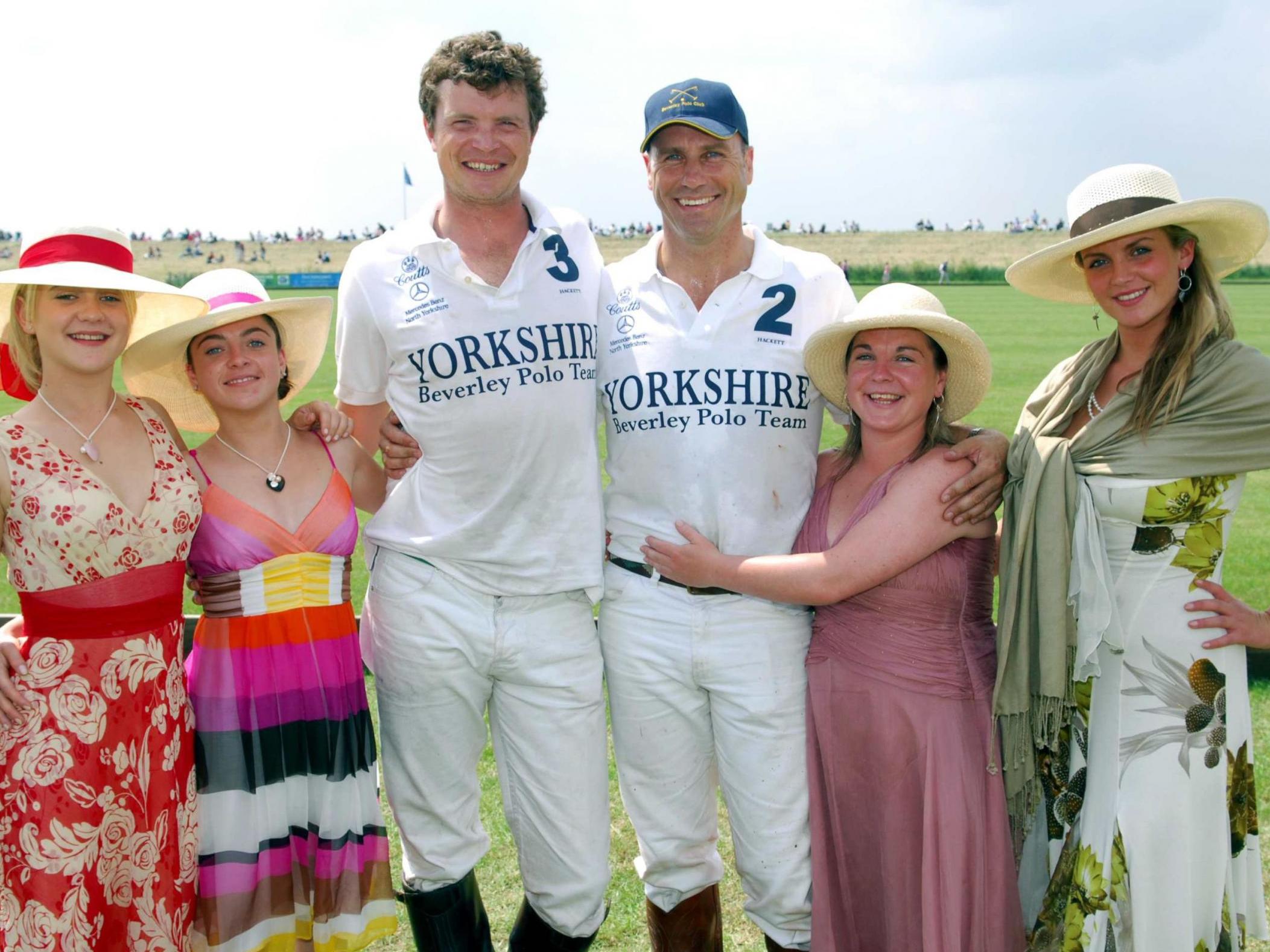
Both Randall and Carter-Eagleton say the makeover was the hardest thing to endure. “I had bright blonde hair with a thick fringe,” Carter-Eagleton explained. “Do you remember when everyone had just discovered GHD straighteners? Jean Broke-Smith told me it looked like I had a lampshade on my head. They dyed it ginger and gave me this old fashioned bob. I was bawling in the toilets. They made me look like Maggie Thatcher.” Meanwhile, Randall’s bright red spikey mullet was turned into a muted brown bowl cut. “I felt like such a granny,” Randall remembers. “I just had to wait for it to grow out. I was a bit of a punk, I used to wear fishnets gloves, chokers, little tank tops. So when they dressed all of us in hoop skirts and cardigans and court shoes, I felt like my identity had gone. When we were putting on the uniforms everyone was screaming in horror like the clothes were burning our skin.”
While at the start, the ladettes resisted the lessons imposed upon them, challenging each other to burping competitions and letting the show’s tweed-wearing land-owning eligible bachelors sneak into their bedrooms at night, by the end they were wholly focused on their goal of becoming a lady. They piled up profiterole towers and dressed carnations over colour-coordinated flower arrangements. They spoke with the clean-cut pronunciation of Kate Middleton and cinched in their waists with corsets they sewed themselves. They were becoming different women, ones that could slip into gilded drawing rooms of stately homes or the red leather seats of Lamborghinis just as smoothly as they walked in heels.
With tutors incessantly calling clothes cheap and accents sloppy, watching Ladette to Lady now, you’d be hard pushed not to recoil at some of the blatant snobby and classist sentiments. Considering that when she came on the show, she didn’t know how to boil an egg, Carter-Eagleton maintains that she learnt a lot of valuable lessons on Ladette To Lady. “I know how to sit properly, to use cutlery outside in and just generally how to behave around upper-class people,” she says. But it was Randall who had the most dramatic transformation. “I had just come out of quite a traumatic relationship so my confidence was quite low. I realised I didn’t have to act like the class clown for attention. I could just be myself and people would like me for that, not because I could drink them under the table.”
Despite their clash on the show, Brewer was genuinely heart-warmed by Randall’s progress, which she saw when the two were reunited for the one-off special Ladette to Lady: End of Term Report. “The door opened and this girl walked in looking amazing. She had this long skirt on, groomed hair, beautiful, with a young man. She had her arms out and she said: ‘Miss Brewer, I have so much to thank you for.’ I looked at this girl and said ‘Why?’ and she said, ‘Well it took about six months and then one day I woke up and sat on my bed and said, ‘She’s right. I am a slut.’ And she said from that day to this, ‘I’ve never drunk again’.” Randall even invited Brewer to be the guest of honour at her wedding. “That was the turning point, the moment when I realised all that we had gone through was so worthwhile.”
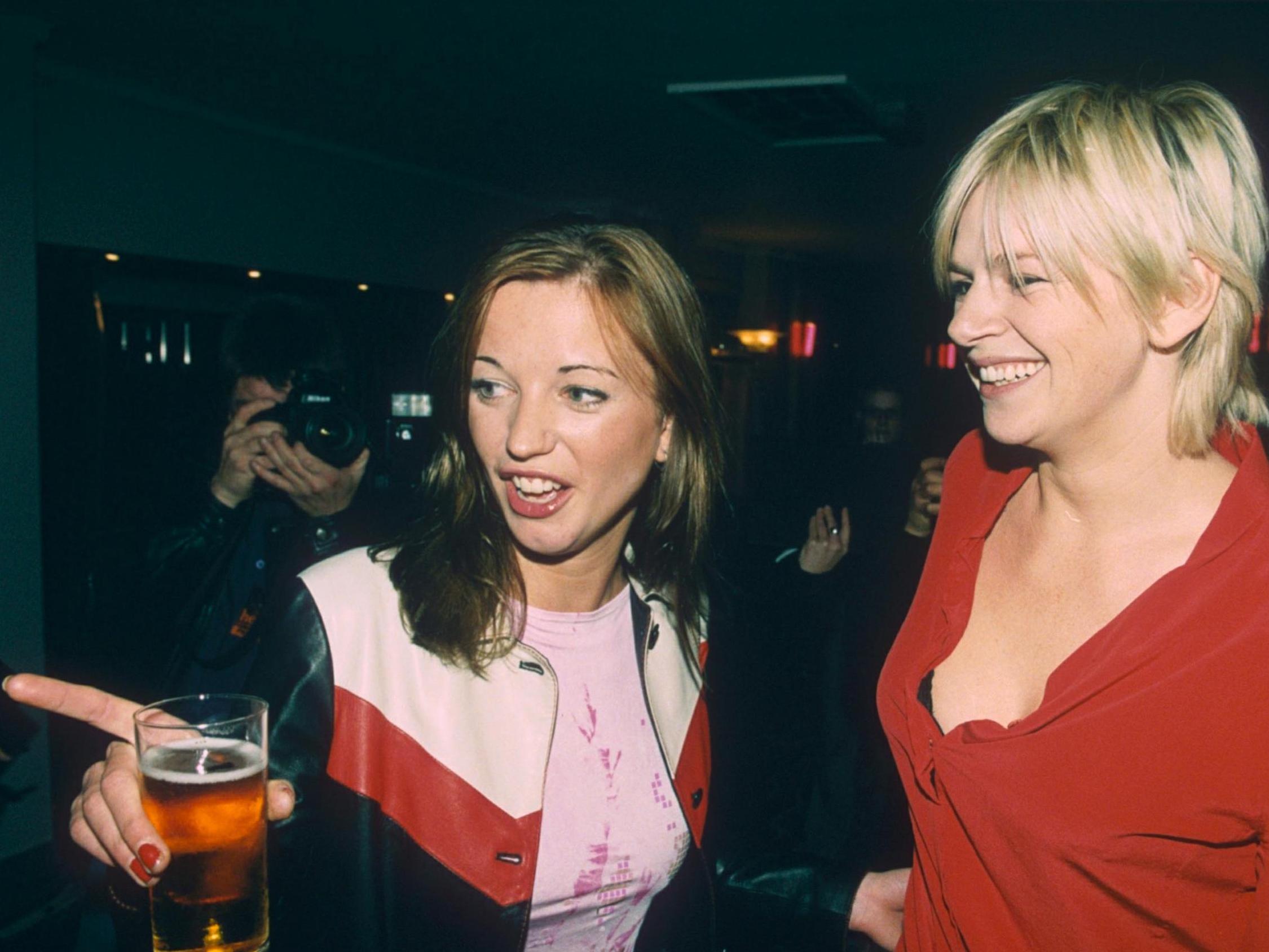
The ladettes may have learned to behave in ways that helped them feel more accepted in society. But it’s sad that society couldn’t accept them for who they were in the first place. Ladette to Lady’s brief telly reign is a sharp reminder of the pervasive idea that women are only deemed worthy of respect if they adhere to a certain set of behavioural norms. One of my favourite moments is when Clare pulls out the silicone padding from her bra and yells, “Who wants chicken?” The women on Ladette to Lady had managed to keep hold of something raw and gutsy that society often takes from women. I didn’t like watching them be told they should give it over. And yes, binge drinking is bad for you. But it seems society is willing to accept it as long as it’s a 50-year-old single malt scotch barrel-aged whisky you’re chugging and not Lambrini with a side of crisps.
You don’t hear the term ladettes much nowadays. Carter-Eagleton thinks this is because a lot of women today are more self-conscious about their appearance. “Because of social media,” she says, “a lot of girls are influenced by makeup artists and people off TOWIE. They are more interested in looking really glamorous than drinking a lot, or showing off.” Though it was often cruel when the tabloids posted pictures of Katie Price or Charlotte Church’s bleary-Bacardi eyes as they hobbled, heels-in-hand out of nightclubs, at least you saw images of celebrities looking less than perfect. “Everyone looks so flawless in the media now,” Carter-Eagleton sighs. “Famous people are so conscious of how they’re going to be presented.” When you could end up on someone else’s Instagram story, public intoxication seems less aspirational.
Rachael didn’t change much after the show finished – in fact, she ended up in a newspaper during the World Cup wearing nothing over her boobs except a painted-on St George’s Cross flag. She’s mellowed out a lot now that she has kids, but she still speaks like an extra on EastEnders. Clare’s different, too. She’s also a mum. If there’s a pole in a nightclub, she doesn’t spin down it. I ask Clare whether she can still down a pint in 7.32 seconds. “Oh yes,” she says, and then she cackles, brash and beautiful.
Join our commenting forum
Join thought-provoking conversations, follow other Independent readers and see their replies
Comments